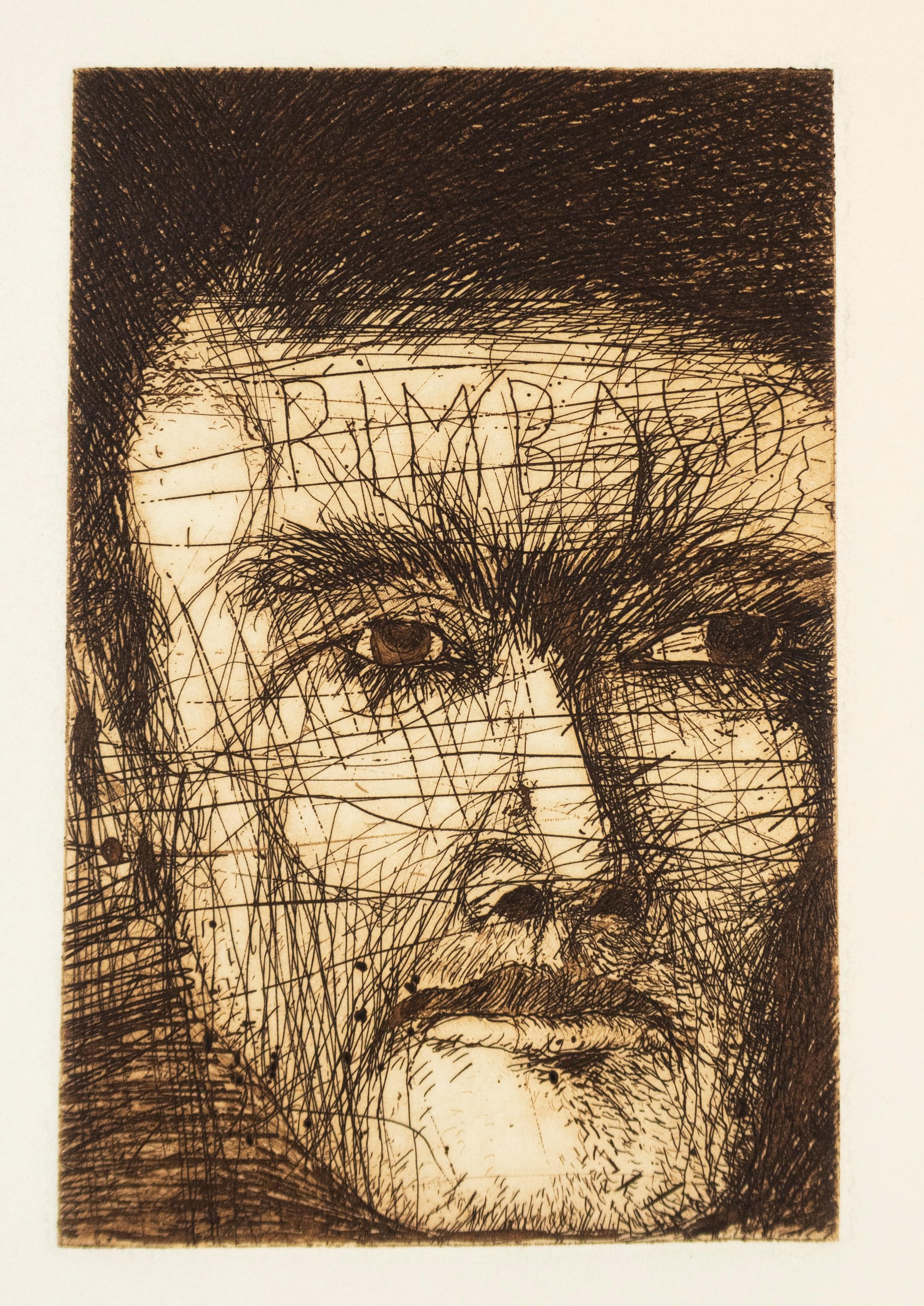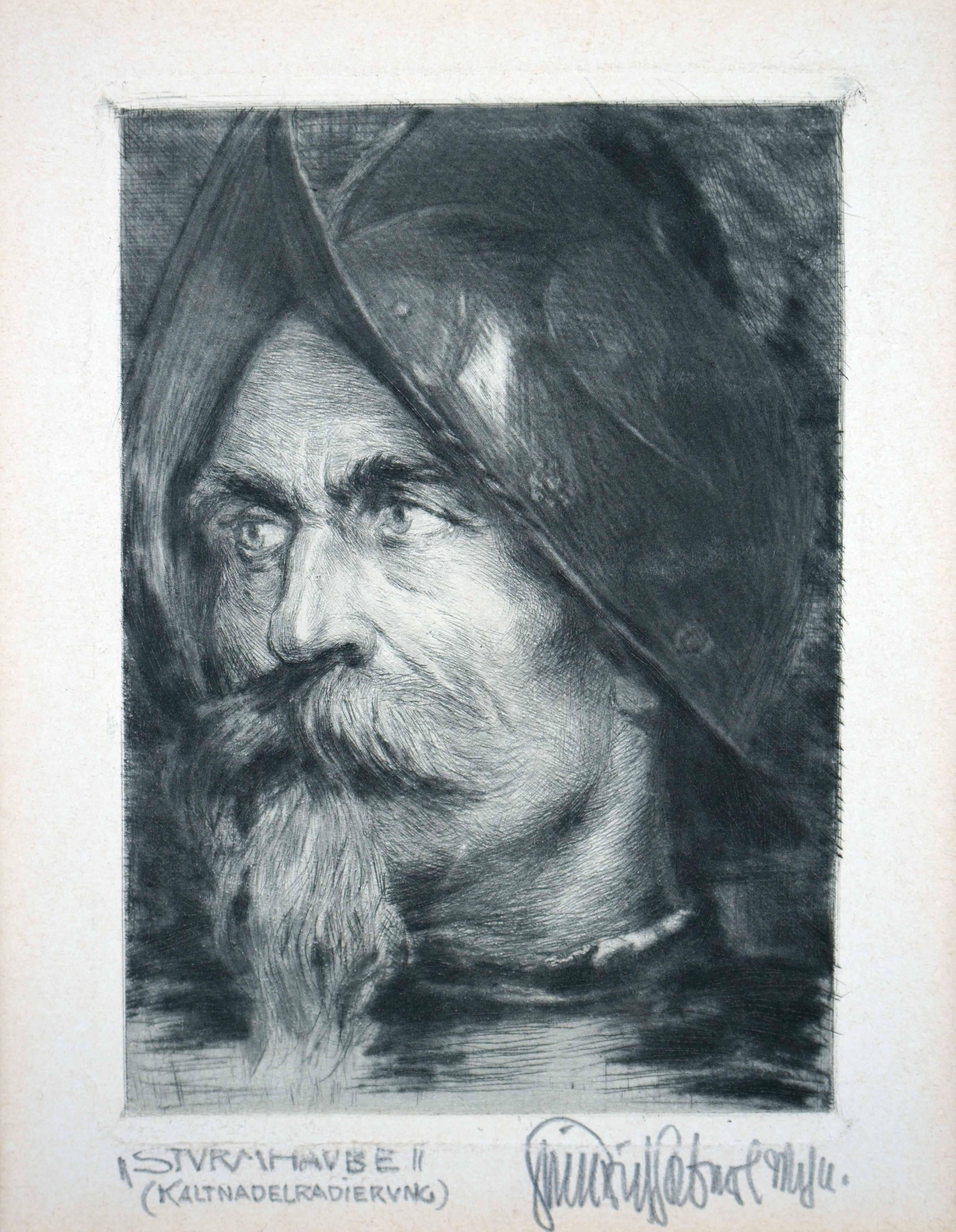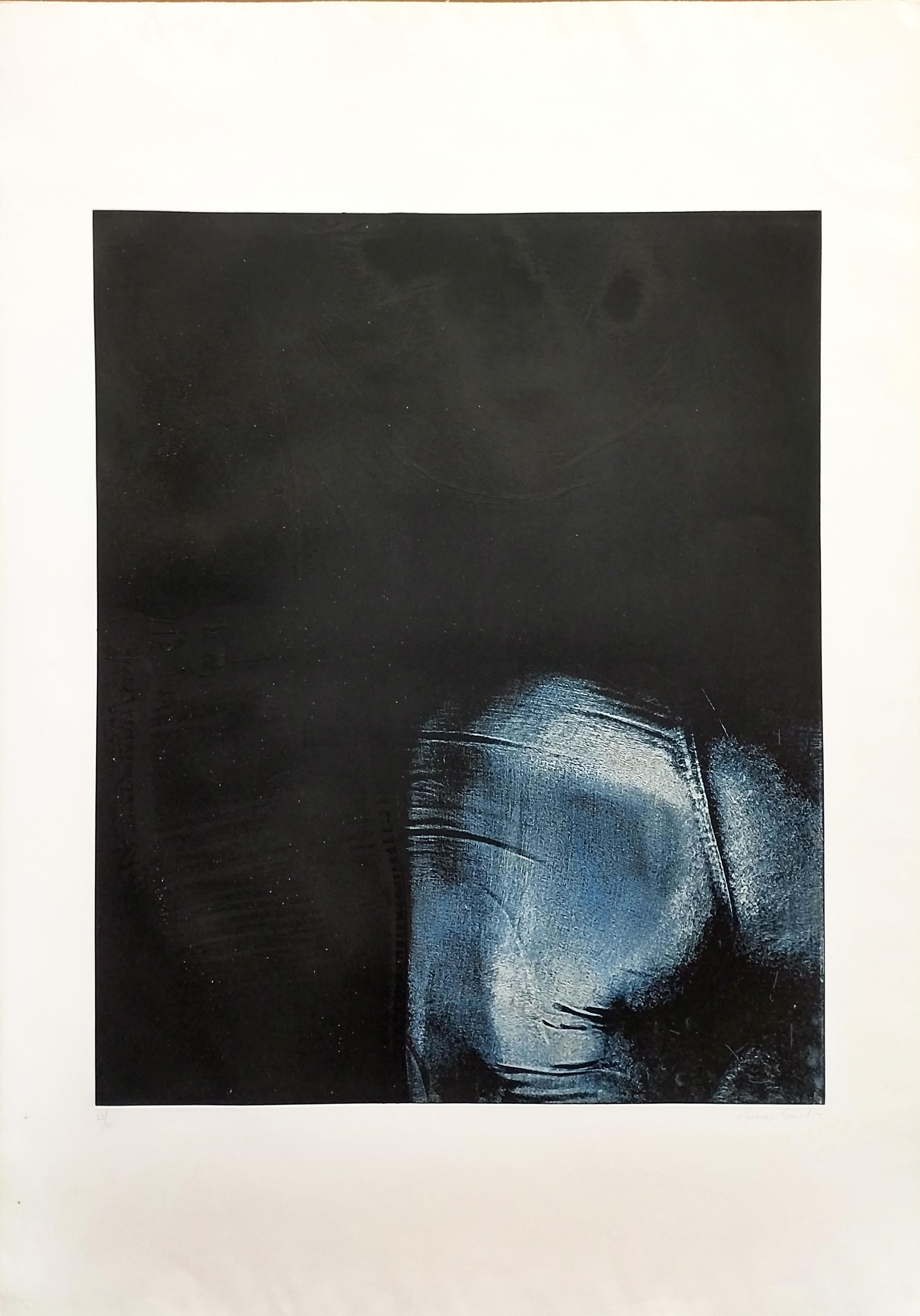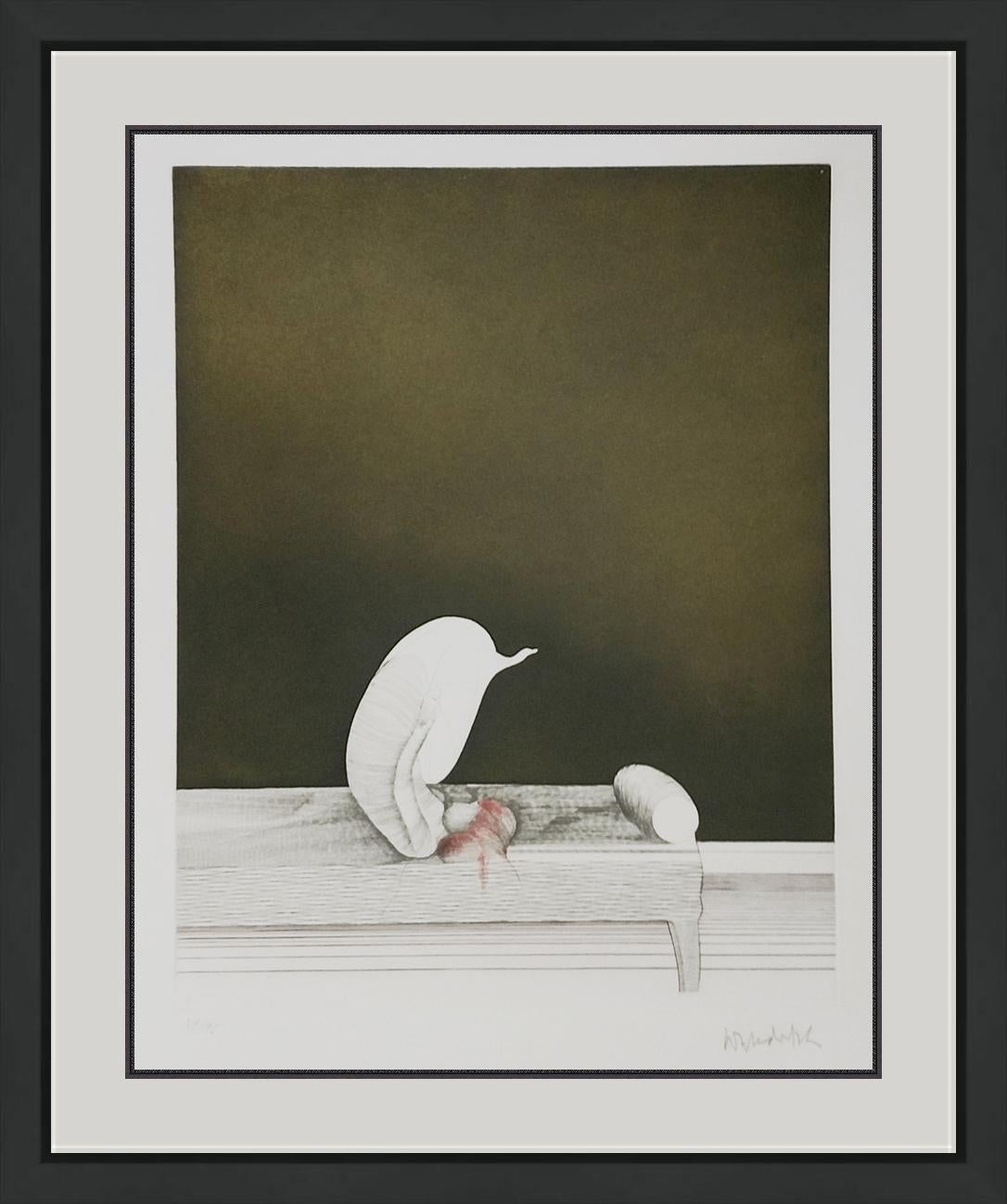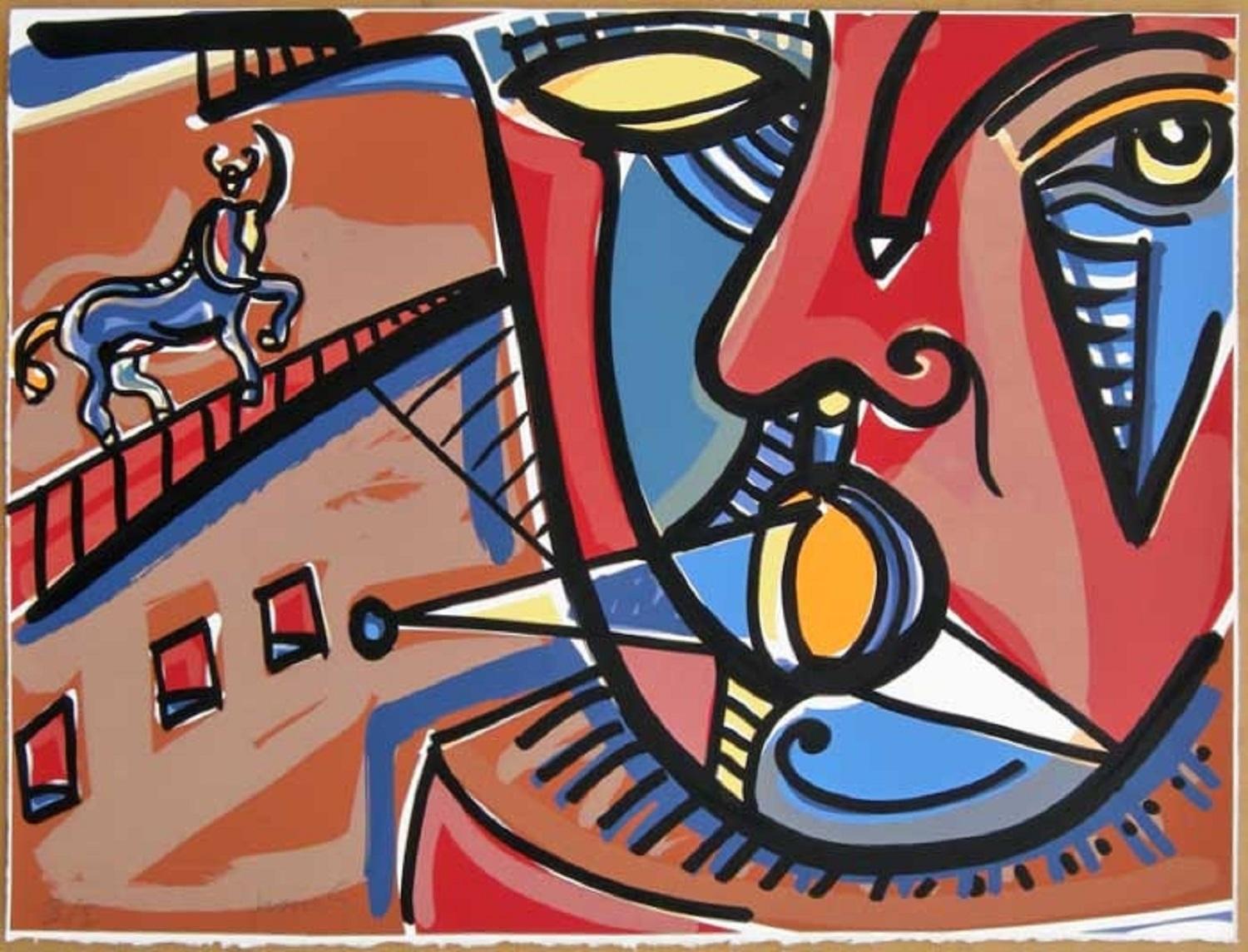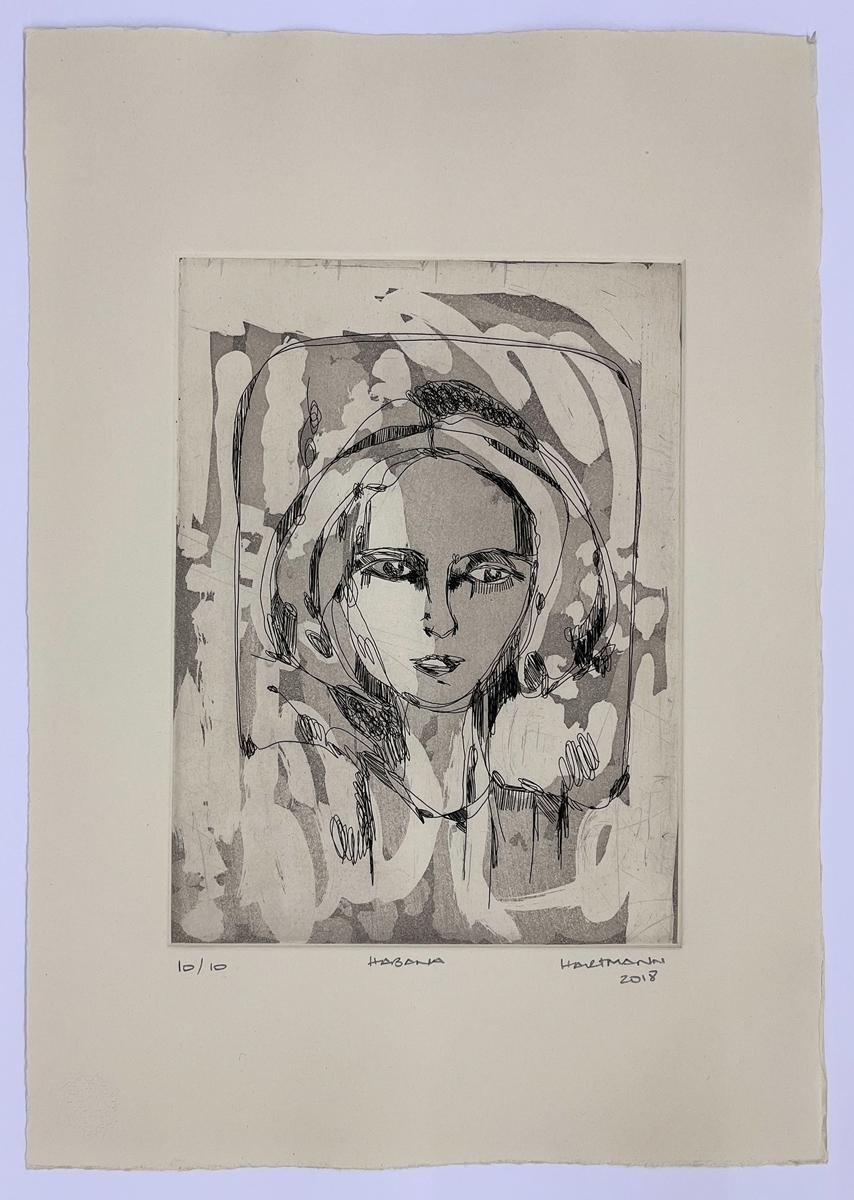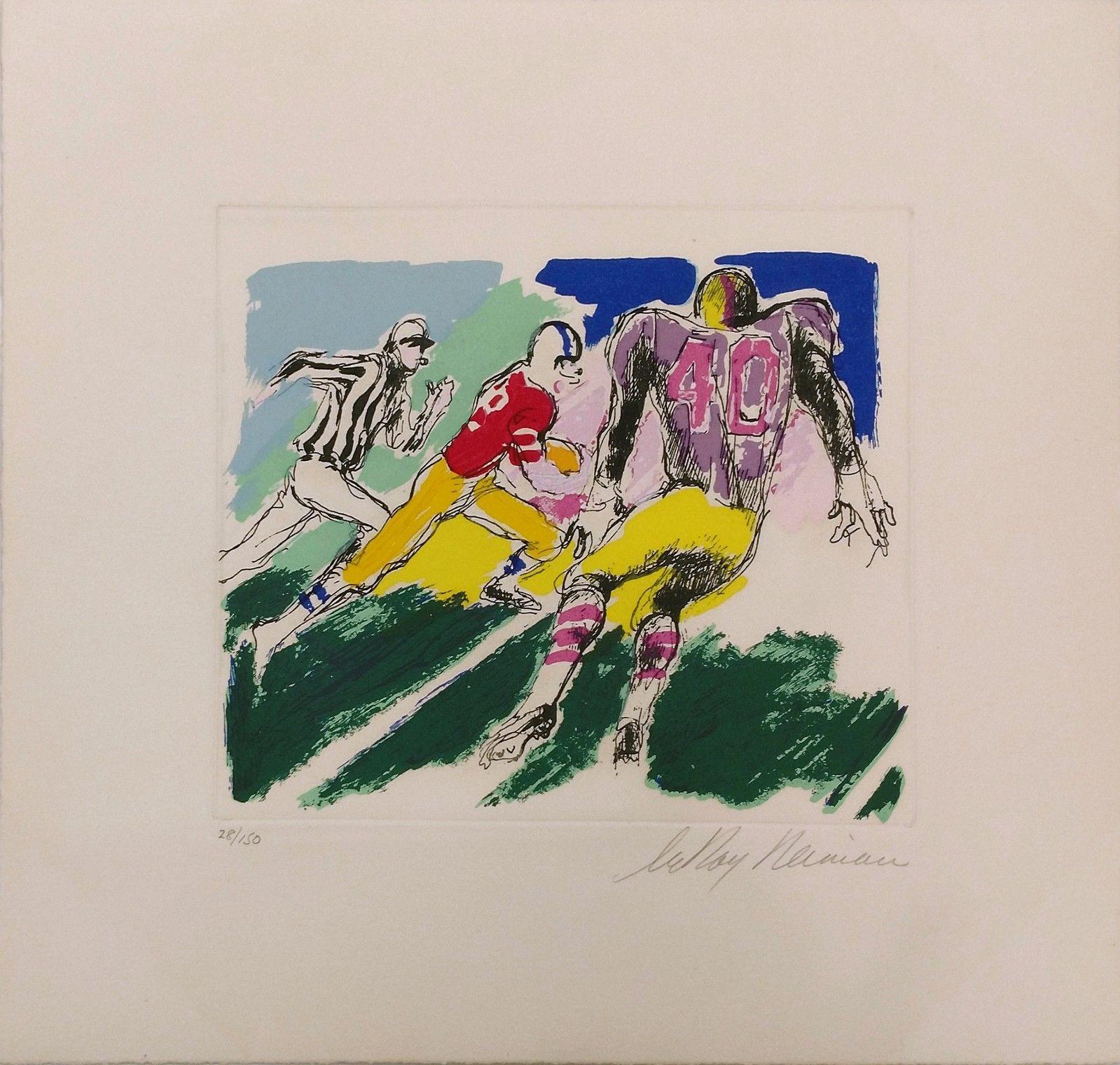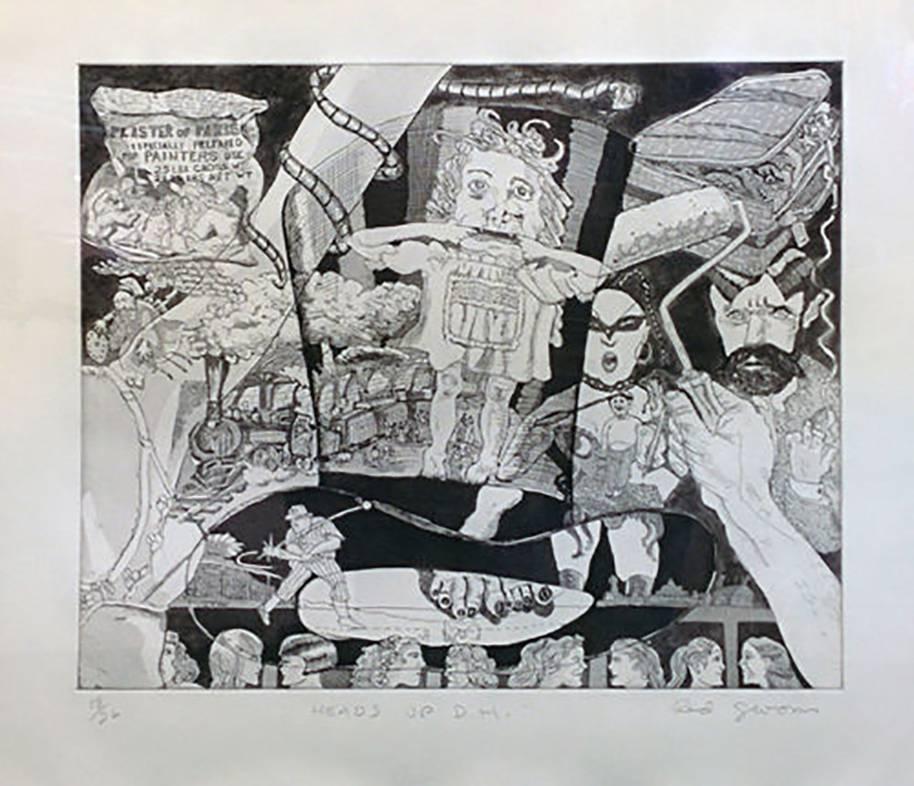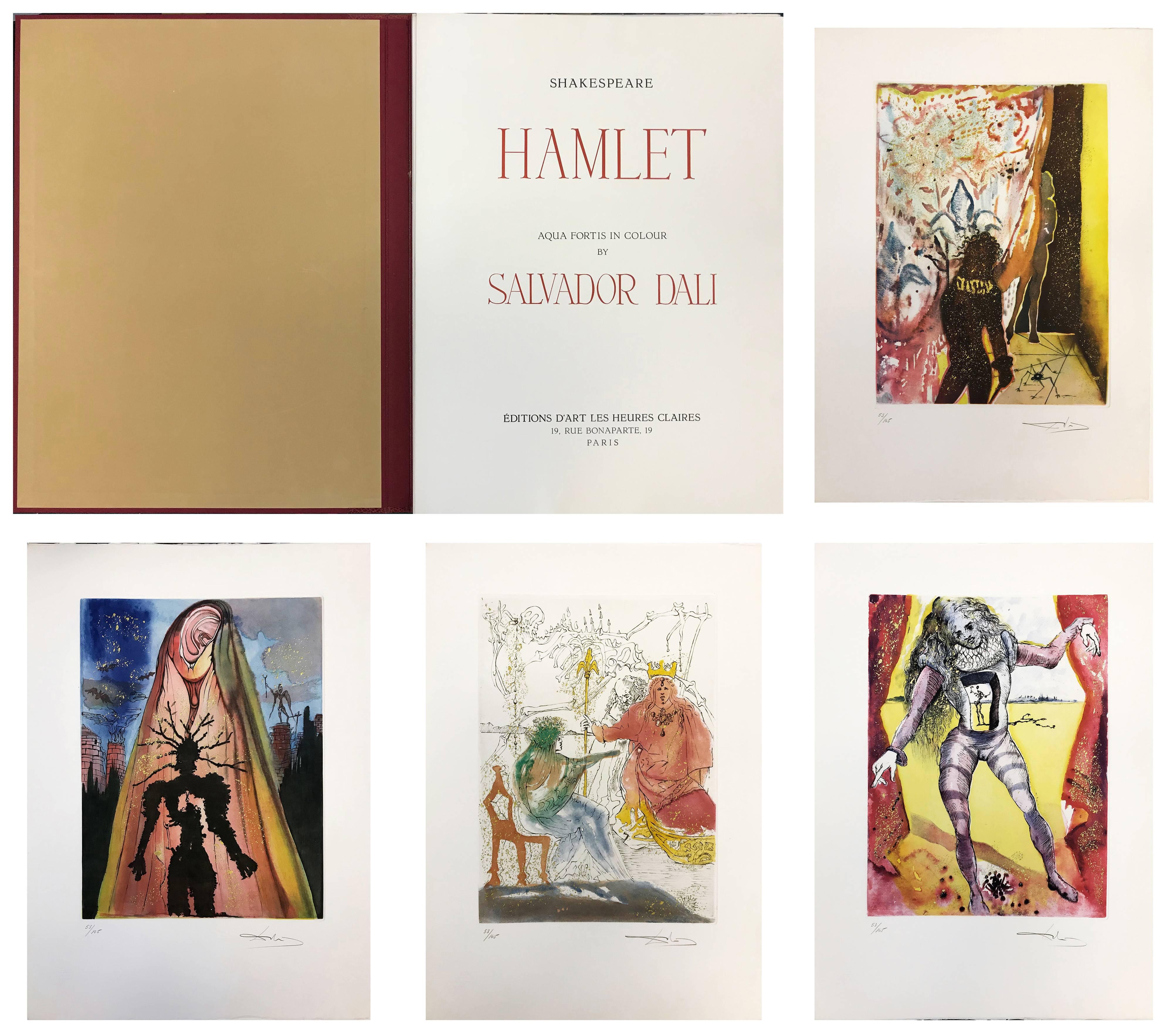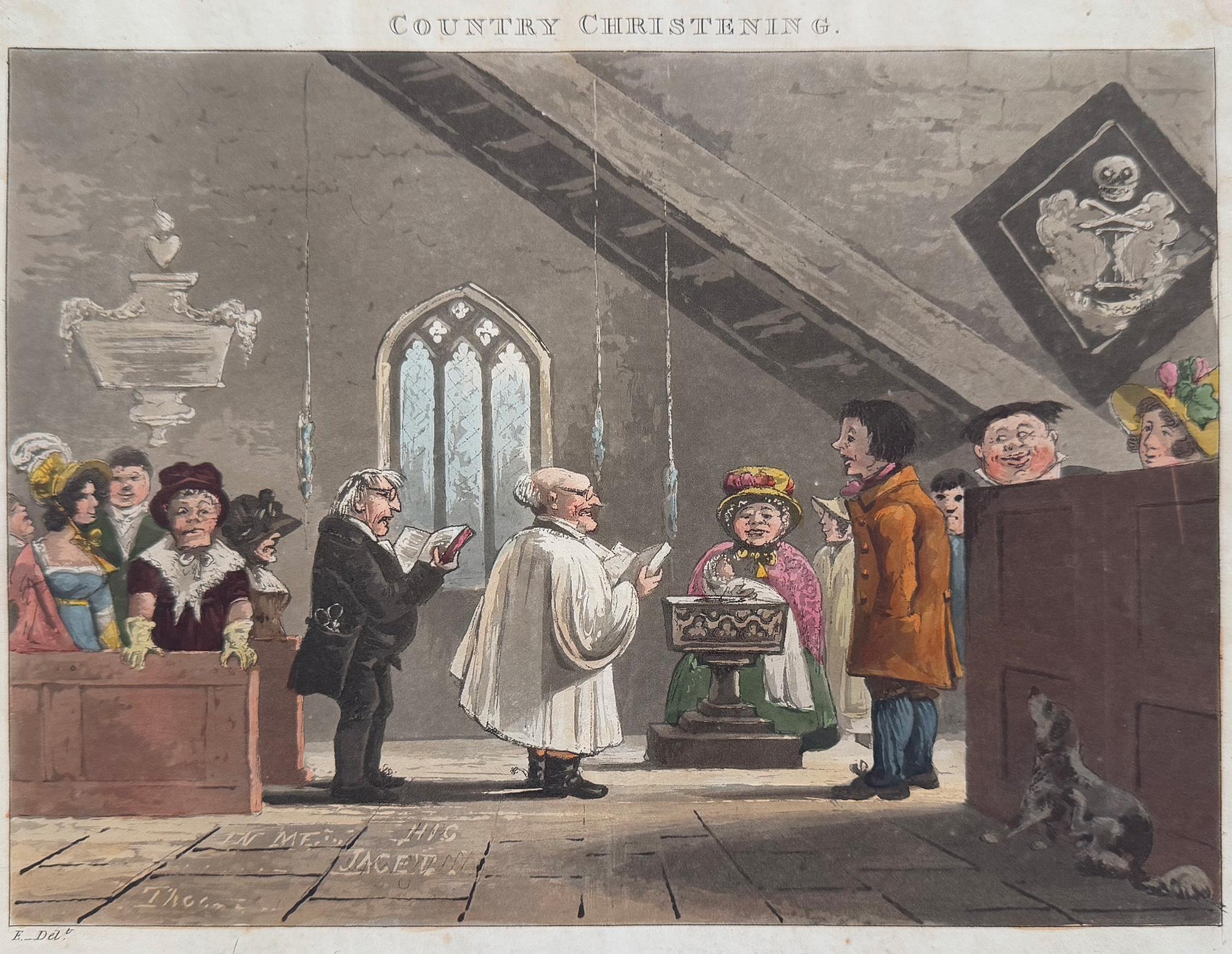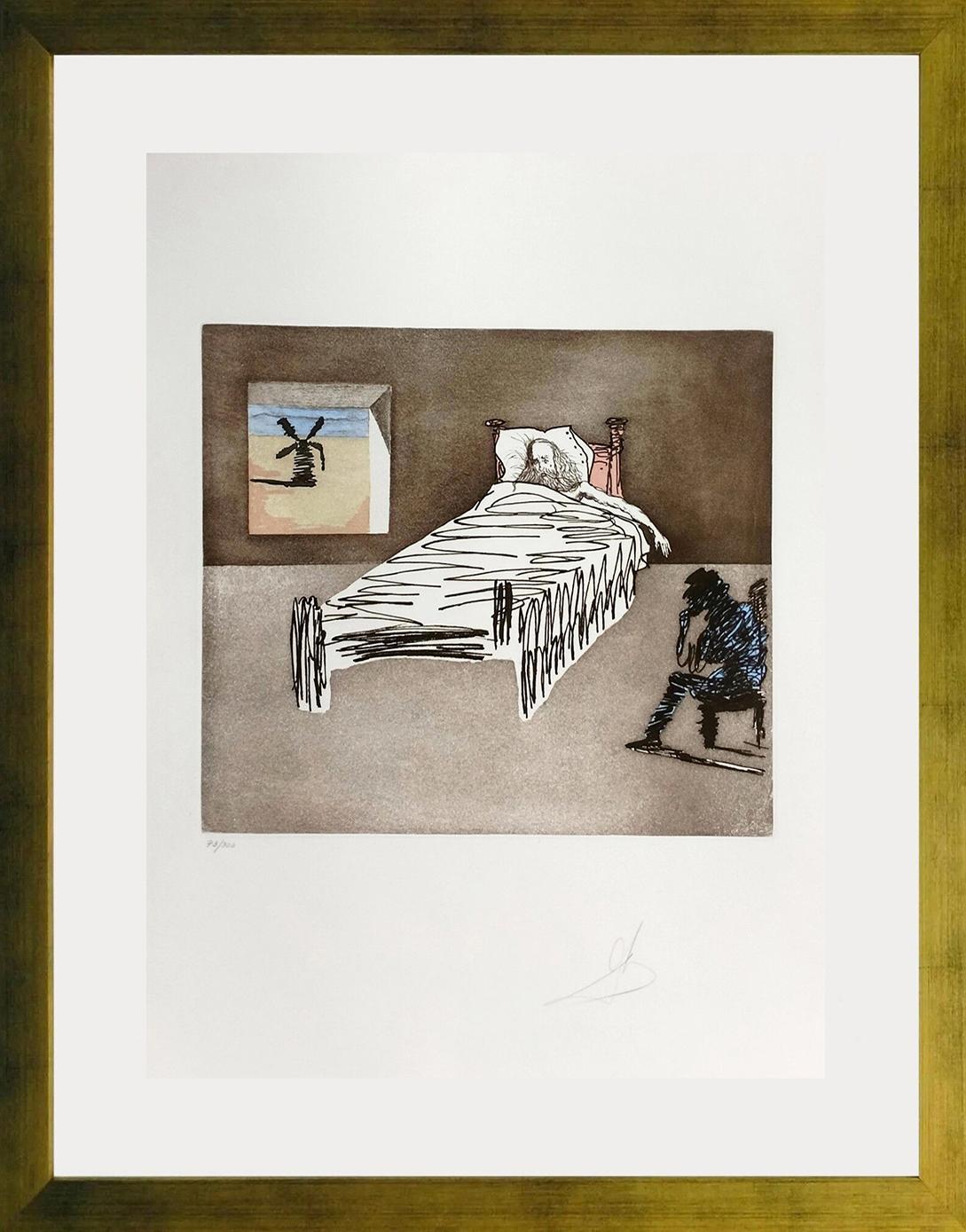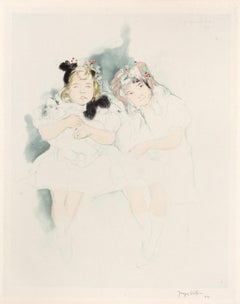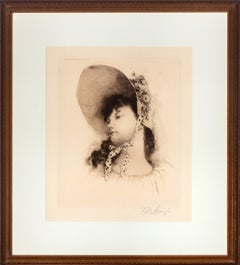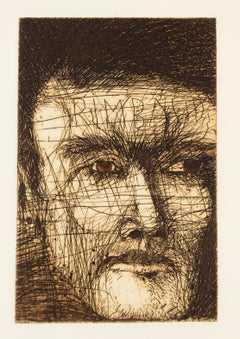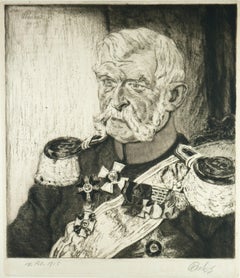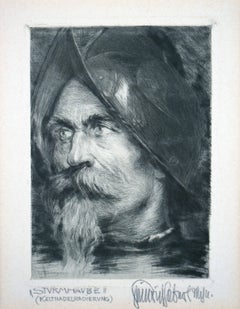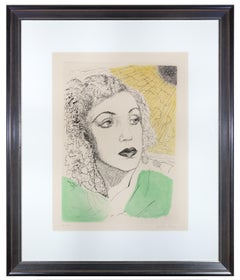
"Sheila, " Etching and Aquatint in Color signed by Man Ray
View Similar Items
Man Ray"Sheila, " Etching and Aquatint in Color signed by Man Ray1970
1970
About the Item
- Creator:Man Ray (1890 - 1976, American)
- Creation Year:1970
- Dimensions:Height: 32.5 in (82.55 cm)Width: 27.13 in (68.92 cm)
- Medium:
- Movement & Style:
- Period:
- Framing:Frame IncludedFraming Options Available
- Condition:
- Gallery Location:Milwaukee, WI
- Reference Number:Seller: 8387g1stDibs: LU605312847042
Man Ray
Born Emmanuel Radnitzky, Man Ray was a famous American filmmaker, painter and photographer. His career is distinctive, above all, for the success he achieved in both the United States and Europe. First maturing at the center of American modernism in the 1910s, he made Paris his home in the 1920s and 1930s. In the 1940s, he crossed the Atlantic once again and spent periods in New York and Hollywood.
Ray’s art spanned painting, sculpture, film, prints and poetry, and in his long career, he worked in styles influenced by Cubism, Futurism, Dada and Surrealism. He also successfully navigated the worlds of commercial and fine art and came to be a sought-after fashion photographer. Ray is perhaps most remembered for his photographs of the inter-war years, in particular, the camera-less pictures he called "Rayographs," but he always regarded himself first and foremost as a painter. Although he matured as an abstract painter, Ray eventually disregarded the traditional superiority painting held over photography and happily moved between different forms. Dada and Surrealism were important in encouraging this attitude; they also persuaded him that the idea that motivates a work of art was more important than the work of art itself.
André Breton once described Ray as a pre-Surrealist, something which accurately describes his natural affinity for the style. Even before the movement had coalesced, in the mid-1920s, his work, influenced by Marcel Duchamp, had Surrealist undertones. He would continue to draw on the movement's ideas throughout his life. Ray's work has ultimately been very important in popularizing Surrealism.
Find original Man Ray art on 1stDibs.
More From This Seller
View All1960s Post-Modern Figurative Prints
Paper, Etching, Aquatint
Early 1900s Modern Figurative Prints
Drypoint, Aquatint, Etching, Intaglio
1880s American Realist Portrait Prints
Etching, Paper
1970s Contemporary Portrait Prints
Paper, Etching
1970s Modern Figurative Prints
Lithograph, Paper
1970s Surrealist Figurative Prints
Lithograph, Paper
You May Also Like
1970s Realist Portrait Prints
Etching
1910s Realist Portrait Prints
Etching
Early 19th Century Realist Figurative Prints
Etching
1970s Pop Art Portrait Prints
Paper, Etching, Aquatint
1960s Surrealist Portrait Prints
Etching, Paper, Aquatint
Early 2000s Contemporary Portrait Prints
Paper, Etching, Aquatint, Screen
